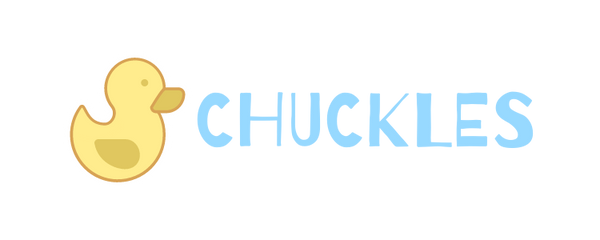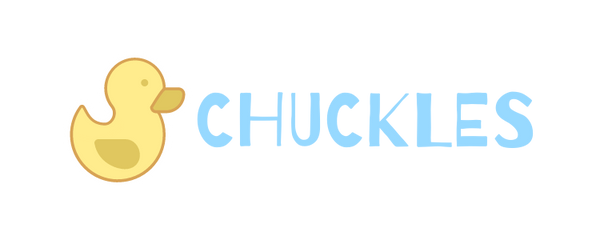Why choose Cloth
The Science
When I had my baby girl and she had her first bout of horrible nappy rash at 3 months old, I thought- was it too tight? did I leave it for too long? what did i do wrong? As mums do, I filled myself with self-guilt and blame. I started researching about nappies, nappy rashes, and looking for alternatives...and cloth nappies came up! So here's what I have learned.
Most disposable nappies are made of an outer lining, an absorbent core and an inner lining. The outer lining is predominantly made of polyethylene film, which is plastic wrap.
The absorbent material stuffed in between the two linings are super absorbent polymers.
1 gram of crystal can absorb 30 grams of urine! So, the thinner the nappy, the more crystals there are. Now, if you haven’t noticed, sometimes babies’ bum can look a little shiny during diaper change, and this is because those crystals can leak through the inner layer. Finally, the inner lining is made up of polypropylene and are considered safe for babies.
My main concern is the chlorine nappy companies use to bleach diapers white. Chlorine releases dioxins which are carcinogenic. That did not sound good at all. But fortunately hope is in reach as there are multiple chlorine-free disposable nappy options out there.
The problem is, most companies do not disclose the FULL list of ingredients used in manufacturing disposable nappies and we never truly know what other chemicals or toxins have been used in the production of the disposables. So I don’t know about you, but I would rather keep my baby's bum away from them as much as possible!
The Cost
From the get-go I was determined to find the cheapest disposable nappies and they came at 12c per newborn nappy. I could change those newborn nappies without the added guilt of spending! But as it turns out, a child uses an average of 5000 nappies over the course of 2-3 years and the bigger those nappies, the more they cost. Compared to an upfront cost for a set of 20 cloth nappies that will last you 2-3 years (depending on your child’s size and development), the amount you can save by cloth diapering is approximately $2000-3000. These savings multiply when you have more children!
The Environment
Did you know that the first ever disposable nappy is still decomposing in the landfill? It takes about 500 years for one nappy to decompose. When you consider 5000 nappies going into the landfill per baby...well, that is unthinkable, isn't it? That means it would have an effect on our future generations to come! If we all just do our bit and reduce waste by opting for even 1 cloth nappy a day, that would improve the situation immensely! So mamas, let's make cloth mainstream together!

